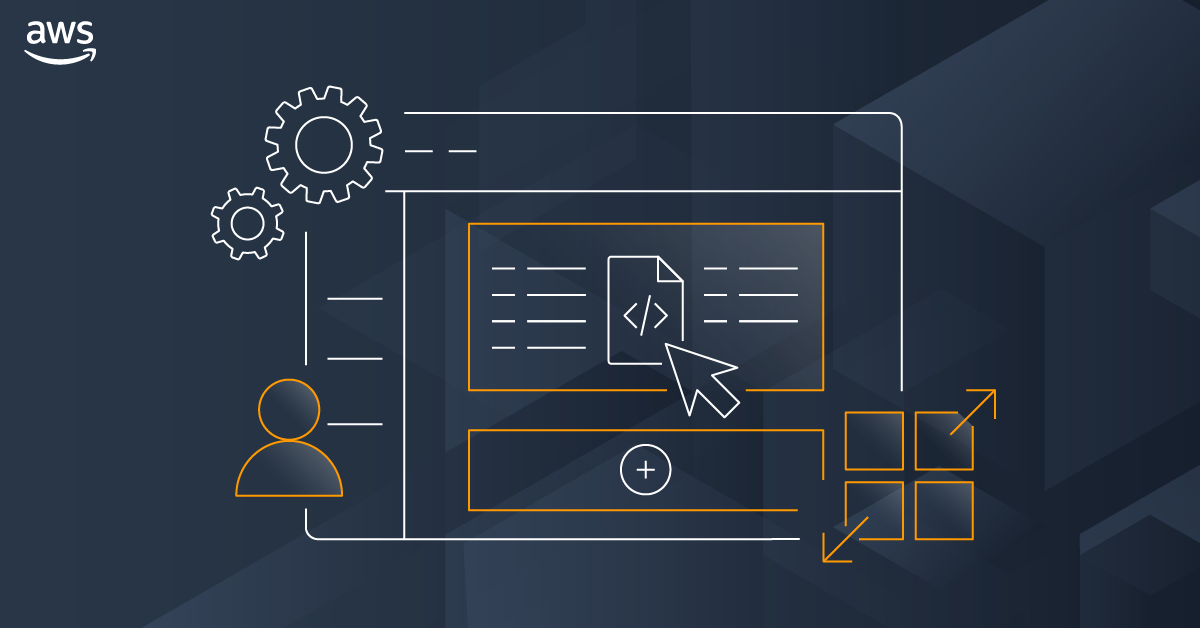Simplifying AWS App Runner Implementation: A Step-by-Step Guide
 Sumit Mondal
Sumit MondalTable of contents
- Introduction:
- Step 1: Set Up Your AWS Account:
- Step 2: Navigate to AWS App Runner:
- Step 3: Create a New App Runner Service:
- Step 4: Configure Source Settings:
- Step 5: Define Build and Run Settings:
- Step 6: Configure Service Settings:
- Step 7: Review and Deploy:
- Step 8: Monitor Your App Runner Service:
- Conclusion:

Introduction:
In the fast-paced world of cloud computing, AWS App Runner emerges as a powerful solution for deploying and managing applications without the complexity of infrastructure management. This service allows you to focus on your code while AWS takes care of the deployment, scaling, and maintenance. In this blog post, we'll guide you through the easy and simple steps to implement AWS App Runner.
Step 1: Set Up Your AWS Account:
Before diving into App Runner, make sure you have an AWS account. If you don't have one, you can easily create it on the AWS website. Once you have your account, log in to the AWS Management Console.
Step 2: Navigate to AWS App Runner:
In the AWS Management Console, search for "App Runner" in the services search bar, or you can find it under the "Compute" section. Click on "App Runner" to get started.
Step 3: Create a New App Runner Service:
To deploy an application, you need to create an App Runner service. Click on the "Create Service" button to begin the process.
Step 4: Configure Source Settings:
App Runner supports various sources for your application code, including a container image, a source code repository, or a code bundle. Choose the option that best fits your application and follow the on-screen instructions to configure the source settings.
Step 5: Define Build and Run Settings:
App Runner will analyze your source code and automatically detect the runtime environment. Customize the build and run settings as needed, specifying the runtime, build command, and start command.
Step 6: Configure Service Settings:
Fine-tune your service settings by providing a service name, description, and adjusting scaling options. You can specify the number of instances, set auto-scaling parameters, and configure network settings. These settings ensure your application runs smoothly in different conditions.
Step 7: Review and Deploy:
Double-check your configurations on the review page. If everything looks good, click on the "Deploy" button. AWS App Runner will now start building and deploying your application based on the specified settings.
Step 8: Monitor Your App Runner Service:
After deployment, navigate to the App Runner dashboard to monitor the status and performance of your service. You can view metrics, logs, and scale your application based on demand.
Conclusion:
Congratulations! You've successfully implemented AWS App Runner to deploy and manage your applications effortlessly. This service simplifies the deployment process, allowing you to focus on coding and innovation rather than infrastructure management. Experiment with different configurations and scaling options to optimize your application's performance. With AWS App Runner, you're on your way to a more streamlined and efficient development process in the AWS cloud.
Subscribe to my newsletter
Read articles from Sumit Mondal directly inside your inbox. Subscribe to the newsletter, and don't miss out.
Written by

Sumit Mondal
Sumit Mondal
Hello Hashnode Community! I'm Sumit Mondal, your friendly neighborhood DevOps Engineer on a mission to elevate the world of software development and operations! Join me on Hashnode, and let's code, deploy, and innovate our way to success! Together, we'll shape the future of DevOps one commit at a time. #DevOps #Automation #ContinuousDelivery #HashnodeHero